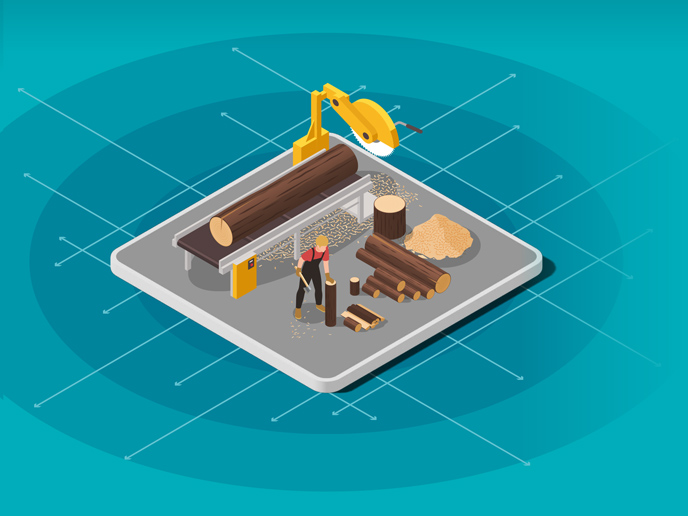II - Generating high-quality biomethane from low-quality residues
“We are developing and validating a more cost-effective, feedstock-flexible concept for producing biomethane.”
Sanna Tuomi, FlexSNG project coordinator
Presently, the anaerobic digesters used to produce biomethane can only accept certain organic wastes and energy crops. But more advanced biomass-to-synthetic natural gas (SNG) concepts, based on biomass gasification, are often highly complex, and require high upfront investment costs. “The FlexSNG(opens in new window) project was launched to address these challenges,” explains project coordinator Sanna Tuomi from VTT(opens in new window) in Finland. “We are developing and validating a more cost-effective, feedstock-flexible concept for producing biomethane, biochar and heat.” The FlexSNG concept combines gasification with simplified gas cleaning, methanation and low-cost oxygen production. The project has set a target of reducing biomethane production costs by 30 % compared to state-of-the-art concepts based on steam/oxygen-blown gasification. Through feedstock supply chain modelling and optimisation, the team also aims to cut feedstock supply costs by 20 %. “The preliminary piloting phase has been completed,” continues Tuomi. “Biochar samples produced have been found to be suitable for combustion, and could have other end use applications such as construction material additive or soil amendment.” In parallel with the development of the gasification process, oxygen transport membranes, which will be used as a low-cost solution to supply oxygen to this process, have been successfully tested. “The experimental work performed so far has created a good basis for our upcoming validation runs,” says Tuomi. “The whole concept – from gasification up to final gas cleaning – will now be verified with woody residues, agricultural residues and waste feedstocks.” Tuomi and her team are confident that they will be able to show how the FlexSNG concept could be a viable alternative for producing biomethane alongside biochar and heat. After this has been successfully achieved, the hope is to follow up immediately with demonstration projects at the industrial scale. “The industrial implementation of this FlexSNG technology will help to support the decarbonisation of the transport and energy sectors, as well as the overall transition towards a low-carbon economy,” adds Tuomi.



